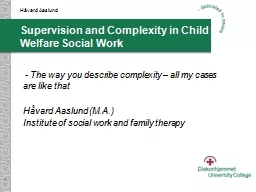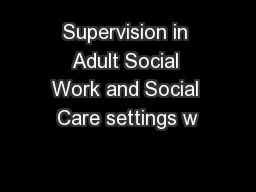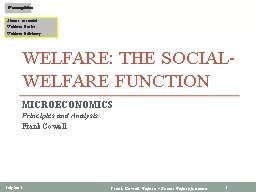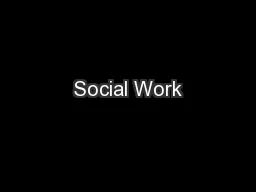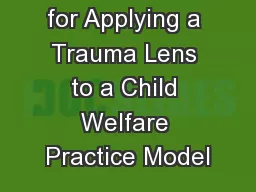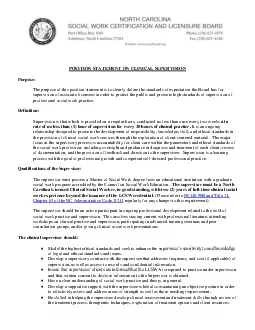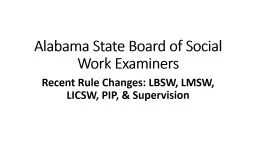PPT-Supervision and Complexity in Child Welfare Social Work
Author : imetant | Published Date : 2020-06-24
The way you describe complexity all my cases are like that Håvard Aaslund MA Institute of social work and family therapy Håvard Aaslund 1 Outline of the
Presentation Embed Code
Download Presentation
Download Presentation The PPT/PDF document "Supervision and Complexity in Child Welf..." is the property of its rightful owner. Permission is granted to download and print the materials on this website for personal, non-commercial use only, and to display it on your personal computer provided you do not modify the materials and that you retain all copyright notices contained in the materials. By downloading content from our website, you accept the terms of this agreement.
Supervision and Complexity in Child Welfare Social Work: Transcript
Download Rules Of Document
"Supervision and Complexity in Child Welfare Social Work"The content belongs to its owner. You may download and print it for personal use, without modification, and keep all copyright notices. By downloading, you agree to these terms.
Related Documents

